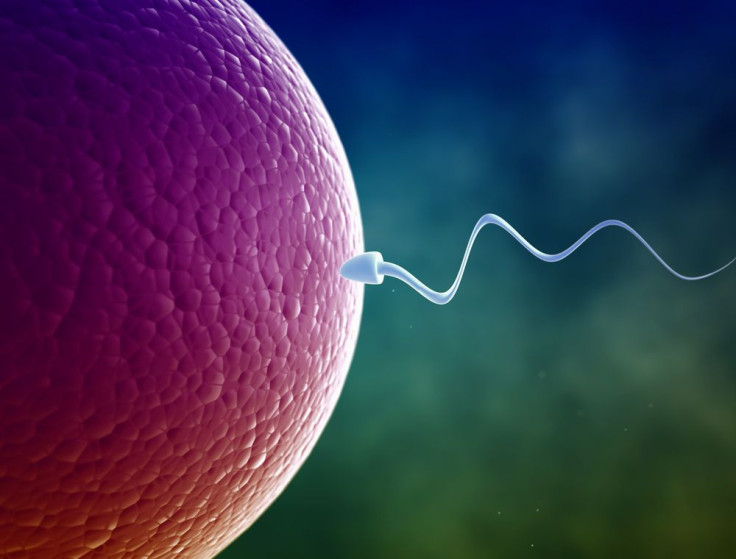'Juno' Protein Connects Egg To Sperm; Scientists Finally Unravel Mystery Of How The Cells Bond

Anyone with a basic education has learned about how babies are made. On the surface it’s pretty simple, sperm meets egg and an embryo forms. But when it comes to infertility, this simplicity gets thrown to the wayside, and every little detail of sparking fertility is observed. Yet, even with current treatments like in vitro fertilization, scientists have had a hard time figuring out, simply, how sperm and egg connect — until now.
“We have solved a long-standing mystery in biology by identifying the molecules displayed on all sperm and egg that must bind each other at the moment we were conceived,” said Dr. Gavin Wright, senior author of the study from the Wellcome Trust Sanger Institute in the UK, in a press release. “Without this essential interaction, fertilization just cannot happen. We may be able to use this discovery to improve fertility treatments and develop new contraceptives.”
Although the mystery of these connections has long been considered, Wright’s study completes the second half of what was begun in 2005, when Japanese researchers identified the Izumo protein, which resides on sperm. Named after a Japanese marriage shrine, the Izumo protein specializes in identifying the egg, and connecting with it. It took researchers nine years to find the protein it pairs with, which Wright and his team named Juno, after the Roman goddess of fertility and marriage.
They used the Izumo protein as a starting point in finding Juno, by recreating it and looking for the areas in which it bound to the egg. Once they had identified Juno, they bred female mice that lacked the protein on their eggs, and tested how male sperm reacted upon the two cells meeting — obviously finding that the sperm needed the Juno protein in order to connect. “The Izumo-Juno pairing is the first known essential interaction for sperm-egg recognition in any organism,” said Dr. Enrica Bianchi, of the institute, in the press release.
Besides discovering how the two paired up, the researchers also found out why it was so hard to find Juno in the first place. When the two proteins came together it was only for a short amount of time, and the connection was weak, too. Yet, it made total sense. In order for the egg to avoid attracting more than one sperm cell, and then dying, it had to shut the Juno protein down for what the researchers said was about 40 minutes.
For the 1.5 million women and about 15 percent of couples who are infertile, this discovery could mean that they’ll finally be able to have a child. Researchers have already begun screening infertile women for defects in the Juno protein. Women whose eggs are found to have a defective protein can then undergo specialized treatment rather than undergoing other fertility treatments, which can often be stressful as they rely on trial-and-error.
Source: Enrica B, Doe B, Goulding D, Wright GJ. Juno is the egg Izumo receptor and is essential for mammalian fertilization. Nature. 2014.



























